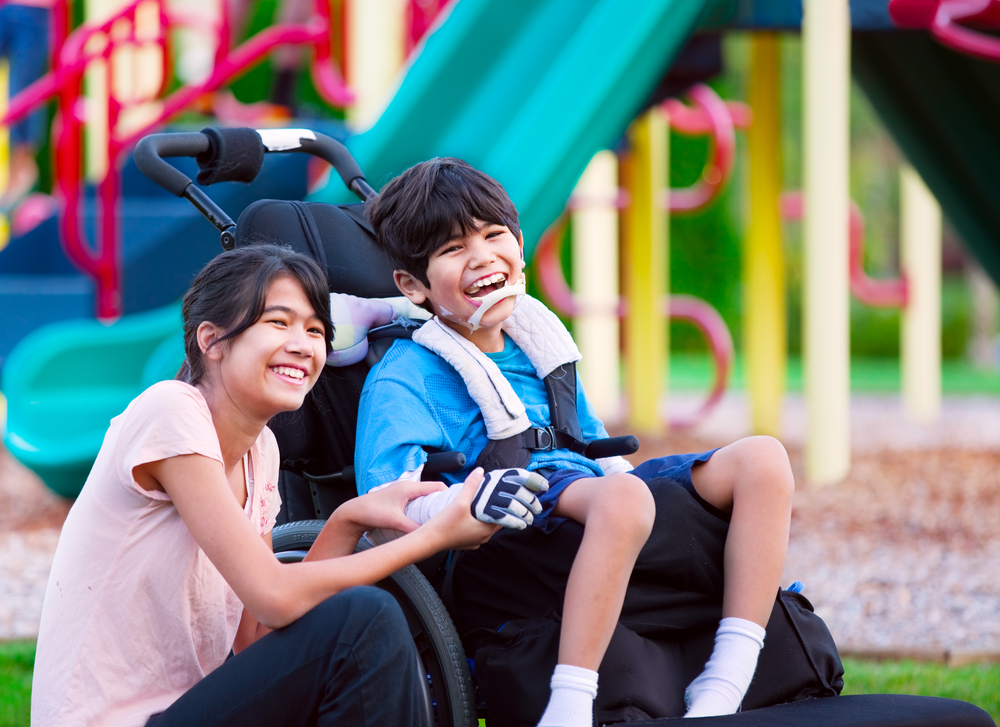Birth injuries can have a significant impact on both the child and their family. These injuries can occur due to various reasons, including complications during pregnancy, labor, and delivery, or even medical negligence. Understanding the different types of birth injuries and their causes is crucial for early detection and appropriate intervention.
Recognizing Early Signs of Birth Injuries
Birth injuries, though rare, can have lasting impacts on a child’s life. The early recognition of these signs is essential for timely intervention and treatment. This guide aims to help parents and caregivers identify the early signs of birth injuries.
The Role of Early Intervention in Birth Injuries
Benefits of Early Medical Treatment
Early medical treatment is crucial for addressing birth injuries. Timely diagnosis and intervention can prevent further complications and improve the child’s overall health. Early treatment can also help in managing symptoms more effectively, leading to better long-term outcomes.
Types of Early Interventions
There are various types of early interventions available for birth injuries, including:
- Physical therapy: Helps improve motor skills and muscle strength.
- Occupational therapy: Assists in developing daily living skills.
- Speech therapy: Aids in improving communication abilities.
- Parent-guided developmental intervention: Involves parents in the therapeutic process to support the child’s development.
Long-term Outcomes of Early Intervention
Early intervention can significantly impact the long-term outcomes for children with birth injuries. Children who receive early treatment are more likely to achieve developmental milestones and have a better quality of life. Additionally, getting a diagnosis early can reduce the need for more intensive therapies later on, making it a cost-effective approach for families.
Creating a Comprehensive Treatment Plan
Steps to Develop a Treatment Plan
After a brain damage diagnosis, the first step is to talk with your doctor about possible treatment options. Your doctor should help you connect with specialists to create a plan tailored to your child’s needs. Here are the steps to develop a treatment plan:
- Initial Assessment: Start with a thorough evaluation by your child’s primary doctor.
- Specialist Referrals: Get referrals to specialists like neurologists, physical therapists, and occupational therapists.
- Treatment Options: Discuss various treatment options, including medication, surgery, and therapy.
- Plan Development: Work with your healthcare team to develop a detailed plan.
- Implementation: Begin the treatment as outlined in the plan.
- Follow-Up: Regularly check in with your healthcare team to monitor progress.
Involving Specialists and Therapists
Specialists play a crucial role in creating a comprehensive treatment plan. For example, an Atlanta birth injury attorney might work with medical experts to ensure your child gets the best care. Here are some specialists who might be involved:
- Neurologists: Focus on brain and nervous system issues.
- Physical Therapists: Help improve muscle control and movement.
- Occupational Therapists: Assist with daily activities and skills.
- Speech Therapists: Work on communication skills.
Monitoring and Adjusting the Plan
A treatment plan is not static; it needs regular updates. Monitoring your child’s progress is essential. Here are some tips:
- Regular Check-Ups: Schedule frequent visits to your doctor and specialists.
- Track Progress: Keep a journal of your child’s improvements and setbacks.
- Adjust as Needed: Be open to changing the plan based on what works and what doesn’t.
- Family Involvement: Make sure the whole family is involved in the treatment process.
Creating a comprehensive treatment plan is a team effort that involves doctors, specialists, and family members. The goal is to provide the best possible care tailored to your child’s unique needs.
Legal Considerations for Birth Injuries
When to Consult a Birth Injury Attorney
If you suspect that your child’s birth injury was due to medical negligence, it’s crucial to seek legal advice. Consulting an attorney early can help you understand your rights and the steps you need to take. An experienced lawyer can guide you through the process and help you determine if you have a valid case.
Documenting and Preserving Evidence
When dealing with a birth injury, it’s essential to document and preserve all relevant evidence. This includes keeping copies of medical records, photographs, and any other documentation that can support your case. Additionally, obtaining a medical opinion from specialists can provide expert analysis and testimony if needed. Working closely with an attorney can help ensure that all necessary evidence is properly organized and ready for potential legal proceedings.
Understanding Medical Malpractice
Medical malpractice occurs when a healthcare provider fails to meet the standard of care, resulting in harm to the patient. In birth injury cases, this could involve errors during delivery, improper use of medical tools, or failure to monitor the baby’s condition. Understanding the role of medical malpractice in your child’s injury is crucial for pursuing legal action. An attorney can help you navigate the complexities of medical malpractice law and work towards securing the compensation your family deserves.
Support Resources for Families
Raising a child with a birth injury can be challenging. Thankfully, there are many resources available to help families navigate this journey. From medical support to legal assistance, families can find the help they need to ensure the best possible outcomes for their children.

